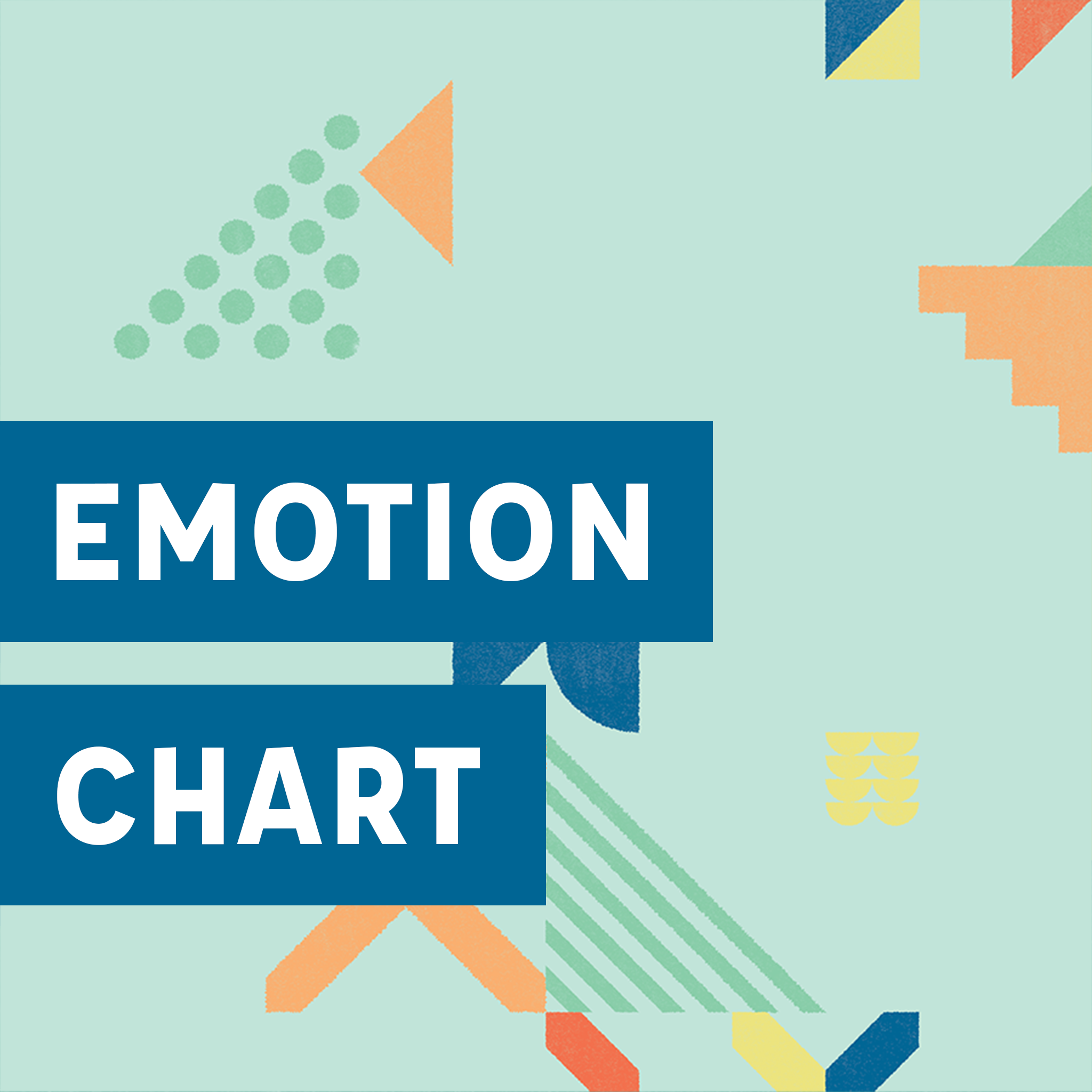Emotion Chart
Emotion Chart
When we can identify and name our emotions, then we can manage them instead of having them manage us.
The Friendzy Emotion Chart creates space for adults to have conversations with young people about how they are feeling and equip them with the skills they need to manage them.
Emotions are warning lights on a dashboard. They are an indication that something is going on inside of us. Our emotions are an expression of how we are experiencing the world and responding to what is happening around us. All of us, young and old have feelings. It’s part of being human.
Children need guidance to help them learn how to manage their emotions. Often, kids don’t have the words to describe what they are feeling which is why an emotions chart is a very helpful tool. The pictures and words on the chart help kids put into words what is going on inside and decrease the chance of being misunderstood by an adult or peers. So here is a way to use the Friendzy emotion chart.
Provide Structure, Consistency & Follow-through
structure
Use the Emotions Chart in the morning, afternoon, and before bed to help structure conversations.
DISCUSS /// Review each emotion. Talk about what each emotion might feel like. Practice talking about emotions in non-stressful times.
ASK /// Let’s check in and see how we are feeling right now. How are you feeling?
CONSISTENCY
Make a point of talking about emotions and feelings daily. This habit of recognizing emotions is the foundation of emotional health and emotional intelligence. When children can identify their emotions, they can begin to manage them. Consistency gives young people the mental space to learn and expand their ability to recognize and manage their emotions.
FOLLOW-THROUGH
Adults can help young people develop a “coping skills toolbox.” These skills can be used when experiencing difficult emotions. It’s important to note that difficult emotions are not bad; kids can be empowered to manage them.
DISCUSS /// Identify how the young person is feeling and then talk about how to manage those feelings. When we can identify emotions, we are able to know what to do with them.
ASK /// What can you do when you feel this way?
DOWNLOAD EMOTION CHART













